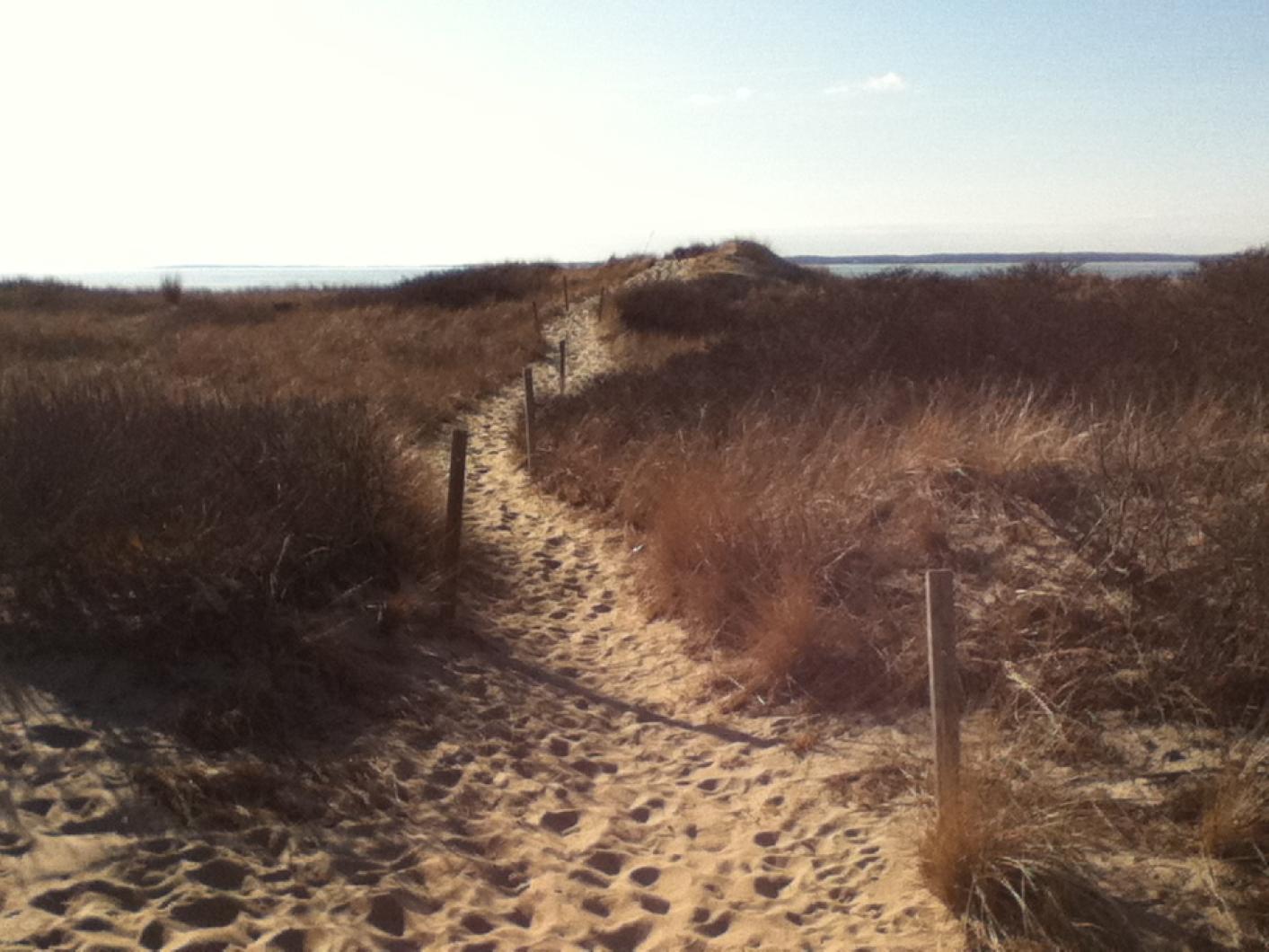By the year 2050, Massachusetts needs 52 per cent of the commonwealth to be permanently conserved as open space.
Currently, a quarter of the bay state’s five million acres is developed, a quarter is protected and the rest is up for grabs.
Of that remaining land, we need to set aside a little over half, or 1.5 million acres. These are the lands identified by scientists, state environmental agencies and the land trust community as most important to the biological diversity of the commonwealth, and critical to a strong, healthy and vibrant environment — an environment undergoing rapid unprecedented climate change.
That leaves over a million acres available for development. Building on that land will require a statewide strategic planning initiative that advances the best available smart growth techniques while supporting the economy and our quality of life. This includes conservation subdivision design, transit-oriented development and zoning that protects the state’s traditional working landscapes of forests, farms and waterfronts.
Over the past decade, Massachusetts targeted real estate worthy of acquisition by focusing on protecting endangered species, establishing woodlands and parks, and guarding drinking water supplies. Today, however, as the planet rapidly warms, there is an urgent need to step up the pace of land stewardship by defending the remaining critical natural areas from not only the bulldozer but also from the severe impacts of human-induced climate change.
Achieving our land conservation targets does not mean job done, work over, mission accomplished. The focus of our efforts will shift as we strive further to restore ecosystems to a condition that takes advantage of their resiliency and adaptability. This renewed natural defense will ready the ecology of the commonwealth to face the impacts of global warming and the more frequent storms, rapidly rising seas and temperature extremes that go along with it.
The tasks include rebuilding wetlands, rivers and watersheds to reestablish their flood storage capacity; sustainably protecting forests so they can clean the air, filter water and absorb heat-trapping carbon pollution; and managing coastal beaches, banks and dunes for their ability to save people and uplands from hurricane-force storm surges.
In its newly released fifth edition of the series Losing Ground, Mass Audubon reports that between 2005 and 2013, public and private organizations protected 41 acres a day of green space and developed 13. Not bad for the third most densely populated state in the union, especially when compared with our recent development history.
Back in 1987, Mass Audubon documented that in the previous six years over 100,000 acres of land were built upon. As recently as 2003, 40 acres a day were being consumed by large lot development and suburban sprawl, with only 20 a day being protected. Six years later those figures reversed in a real success story for Massachusetts.
The fact that we have managed to slow the rate of open space conversion and protect more land over the last decade demonstrates how well-planned conservation efforts can work alongside economic development initiatives. While protecting open space, Massachusetts has been rebounding from the Great Recession and credit crunch with housing starts, job creation and overall growth on the upswing. This is proof we can do both: conserve land and provide for the economic well-being of our residents.
By targeting places most suited to protection and areas most appropriate for development, we can ensure that we will continue to safeguard the public health, grow the economy and support the environment. Our responsibility, to this and succeeding generations, is to protect the nature of Massachusetts for people and wildlife in the face of a rapidly warming climate.
Jack Clarke is director of public policy and government relations for Mass Audubon.






Comments
Comment policy »